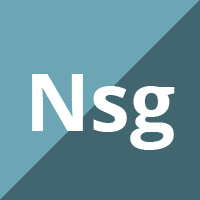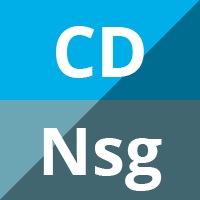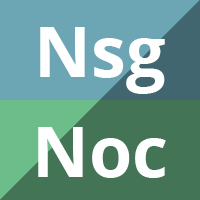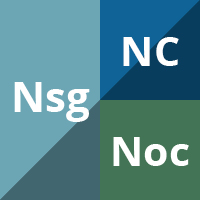
Antibiotic prophylaxis for preventing meningitis in patients with basilar skull fractures
Abstract Background Basilar skull fractures predispose patients to meningitis because of the possible direct contact of bacteria in the paranasal sinuses, nasopharynx or middle ear with the central nervous system (CNS). Cerebrospinal fluid (CSF) leakage has been associated with a greater risk of contracting meningitis. Antibiotics are often given prophylactically, although their role in preventing […]

Cooling for cerebral protection during brain surgery
Abstract Background Patients undergoing neurosurgery are at risk of cerebral ischaemia with resultant cerebral hypoxia and neuronal cell death. This can increase both the risk of mortality and long term neurological disability. Induced hypothermia has been shown to reduce the risk of cerebral ischaemic damage in both animal studies and in humans who have been […]

Stereotactic radiotherapy for vestibular schwannoma
Abstract Background Vestibular schwannomas (acoustic neuromas) are common benign tumours that arise from the Schwann cells of the vestibular nerve. Management options include observation with neuroradiological follow-up, microsurgical resection and stereotactic radiotherapy. Objectives To assess the effect of stereotactic radiotherapy compared to observation, microsurgical resection, any other treatment modality, or a combination of two or more […]

Mannitol versus hypertonic saline for brain relaxation in patients undergoing craniotomy
Abstract Background Patients with brain tumour usually suffer from increased pressure in the skull due to swelling of brain tissue. A swollen brain renders surgical removal of the brain tumour difficult. To ease surgical tumour removal, measures are taken to reduce brain swelling, often referred to as brain relaxation. Brain relaxation can be achieved with […]

Routine or selective carotid artery shunting for carotid endarterectomy (and different methods of monitoring in selective shunting)
Abstract Background Temporary interruption of cerebral blood flow during carotid endarterectomy can be avoided by using a shunt across the clamped section of the carotid artery. This may improve outcome. This is an update of a Cochrane review originally published in 1996 and previously updated in 2009. Objectives To assess the effect of routine versus […]

Adjuvant treatment of anaplastic oligodendrogliomas and oligoastrocytomas
Abstract Background Standard care of adjuvant treatment for anaplastic oligodendrogliomas (AO) and anaplastic oligoastrocytomas (AOA) is not yet well defined. The benefit of adjuvant chemotherapy and radiotherapy (RT), given as single modalities or sequentially, is still unclear. Furthermore, insight into the predictive and prognostic impact of various biomarkers is surging. Objectives To compare postoperative sequential […]

Surgical approaches for cervical spine facet dislocations in adults
Abstract Background The choice of surgical approach for the management of subaxial cervical spine facet dislocations is a controversial subject amongst spine surgeons. Reasons for this include differences in the technical familiarity and experience of surgeons with the different surgical approaches, and variable interpretation of image studies regarding the existence of a traumatic intervertebral disc […]

High-dose chemotherapy and autologous haematopoietic stem cell rescue for children with high-risk neuroblastoma
Abstract Background Despite the development of new treatment options, the prognosis of high-risk neuroblastoma patients is still poor; more than half of patients experience disease recurrence. High-dose chemotherapy and haematopoietic stem cell rescue (i.e. myeloablative therapy) might improve survival. This review is an update of a previously published Cochrane review. Objectives The primary objective was […]

Mannitol for acute traumatic brain injury
Abstract Background Mannitol is sometimes effective in reversing acute brain swelling, but its effectiveness in the ongoing management of severe head injury remains unclear. There is evidence that, in prolonged dosage, mannitol may pass from the blood into the brain, where it might cause increased intracranial pressure. Objectives To assess the effects of different mannitol […]

Anticonvulsants for preventing seizures in patients with chronic subdural haematoma
Abstract Background Anticonvulsant therapy is sometimes used prophylactically in patients with chronic subdural haematoma, although the benefit is unclear. Objectives To assess the effects of prophylactic anticonvulsants in patients with chronic subdural haematoma, in both the pre- and post-operative periods. Search methods We searched the Cochrane Injuries Group’s Specialised Register, CENTRAL (The Cochrane Library), MEDLINE […]

